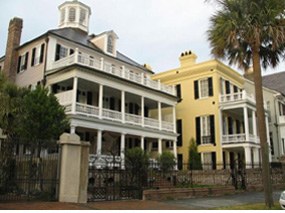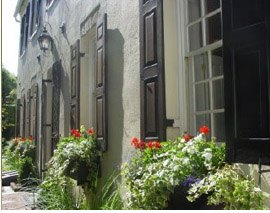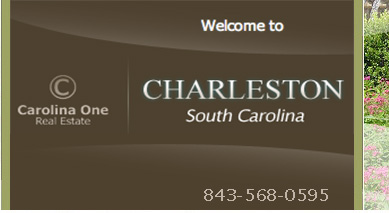 |
A guide to Charleston's history,
homes and gardens - Historic Downtown Charleston South Carolina
HOME
DOWNTOWN CHARLESTON
MOUNT
PLEASANT
SULLIVAN'S ISLAND
DANIEL ISLAND
JAMES ISLAND
WATERFRONT JOHNS ISLAND WEST ASHLEY SUMMERVILLE PROFILE
A guide to Charleston's History,
Gardens, Homes and more...
Find the perfect Historic Charleston Address!
Frequently asked questions about taxes and insurance please visit the buyer's page and relocation information.
Search the MLS for
Historic Downtown Charleston
real estate
Search by Downtown Neighborhoods -
listings displayed on Google maps by neighborhood
From researching to closing, we will help you navigate the entire home buying process step by step:
- Research areas and properties by using our Buying in Charleston information page
- Road map to your home loan. The home buying process - From pre-approval to applying for your mortgage to the new TRID regulations.
- 12 week checklist for your move to Charleston. From checking with the IRS to see what deductions you can take on your tax return to arranging transfer of your veterinarian records
|
Take a
Walking Tour #1 - South
of Broad
Take a
Walking Tour #2 - French Quarter
Charming Charleston
History...

Each day
throughout the Charleston area, camera lenses click, heads turn, and
eyes sparkle as the splendor of this timeless coastal treasure
unfolds its captivating character.
Graced with elegant
architectural beauty, blessed with alluring natural surroundings,
and distinguished with an historic, hospitable legacy, Charleston is
unparalleled in its delightful appeal.
More than three
centuries ago, hopeful settlers 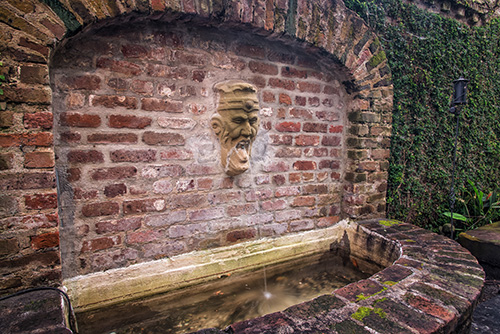 found potential paradise in this
bountiful sub-tropical climate where lush barrier islands protected
an excellent harbor. Established in 1670 by a grant from English
monarch Charles II, the original settlement of Charles Town was
named in the king's honor, but operated as a private business
venture by a group of English nobles called the Lords Proprietors.
The initial absence of royal authority made a lasting effect on
Charles Town, as the nobles created a unique Constitution for the
colony which granted religious freedom, luring a melting pot of
denominations that included Anglicans, Presbyterians,
Congregationalists, Jews, Catholics, Lutherans, Quakers and
Baptists. The famed steepled-skyline of Charleston today bears
witness to a tradition of tolerance that earned the everlasting
nickname "Holy City". found potential paradise in this
bountiful sub-tropical climate where lush barrier islands protected
an excellent harbor. Established in 1670 by a grant from English
monarch Charles II, the original settlement of Charles Town was
named in the king's honor, but operated as a private business
venture by a group of English nobles called the Lords Proprietors.
The initial absence of royal authority made a lasting effect on
Charles Town, as the nobles created a unique Constitution for the
colony which granted religious freedom, luring a melting pot of
denominations that included Anglicans, Presbyterians,
Congregationalists, Jews, Catholics, Lutherans, Quakers and
Baptists. The famed steepled-skyline of Charleston today bears
witness to a tradition of tolerance that earned the everlasting
nickname "Holy City".
Early Charles
Town was not without its difficulties, however, and without
protection from the English Royal Navy, the colony was harassed by
pirates and Indian tribes, as well as French and Spanish warships. A
series of walled fortifications was begun in the 1690's, and by 1704
Charles Town was one of only four walled cities in North America,
with redans and bastions that still face the sea beneath sidewalks
today. The lack of protection from invaders led to Charles Town's
first secession in 1720, as the city broke ties with the Lords
Proprietors and became a Royal Colony.
With the
protection of the English fleet and favorable trade connections with
the British Empire, Charles Town enjoyed surging economic prosperity
during the 1700's from crops of rice and indigo. A network of vast
plantations expanded inland along the bountiful coastal rivers, as
well as along the verdant chain of barrier islands. As provincial
capitol of South Carolina and England's southernmost port on the
continent, Charles Town derived considerable 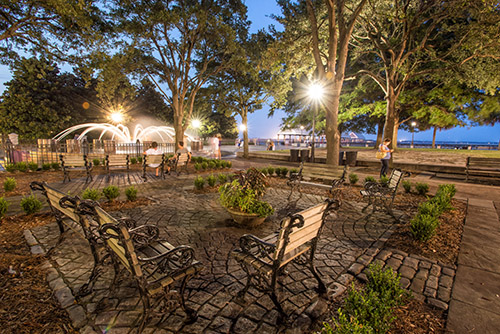 advantage from
favorable trade routes, markets and political ties, a remarkable
wealth evidenced in homes, churches and public buildings that
continue to awe with their grandeur. advantage from
favorable trade routes, markets and political ties, a remarkable
wealth evidenced in homes, churches and public buildings that
continue to awe with their grandeur.
Such statuesque
city landmarks as the Old Exchange, St. Michael's Episcopal Church
and the Miles Brewton House dated to this era of opulence during
mid-1700's, when Charles Town became a magnet for world-class
architects and artisans. The imposing detail of Georgian-Palladian
architecture, with its regal porticoes, stucco quoins, and
exquisite arches, would establish a lofty aesthetic standard that
would continue for centuries in distinctive buildings styles of
Adamesque, Regency, Queen Anne, Classic Revival, Italian Renaissance
Revival, Romanesque, Victorian and Art Deco. Such noted structures
as the 1787 County Court House, the 1803 Joseph Manigault House, the
1811 Nathaniel Russell House, the 1817 Edmonston-Alston House, the
1826 Fireproof Building, 1841 Market Hall, the 1857 Patrick
O'Donnell House, the 1876 Calhoun Mansion, and the 1911 People's
Building represent the progression of a myriad of memorable
edifices.
Among the most
memorable construction was the "single house", featuring a residence
built gable-end facing the street, with lengthy porches on the
windward side to catch the prevailing sea breezes.
Eye-pleasing
beauty would mark the a city in numerous ways during its history,
including the stunning array of intricate wrought ironwork found
throughout the downtown area, the quaint brick and cobblestone
streets and alleys that still exist, and the florid spectrum of
radiant blooms in the innumerable public and private
gardens.
As Charles Town
grew during the 18th century, the city stretched beyond its original
walls along the peninsula between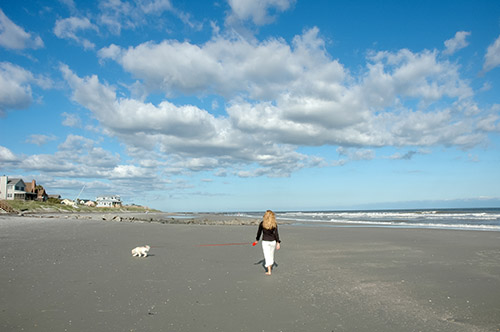 Ashley and Cooper Rivers, but
found itself facing the growing obstacle of English taxation and
government control. South Carolina declared its independence in
March 1776, and was quickly faced with British military action. A
week before the American Declaration of Independence, on June 28,
1776, South Carolinians on nearby
Sullivan's Island repulsed an attack by English warships. Flying
a crescent flag atop a make-shift fort of palmetto logs, the
defenders won an improbable victory whose significance is seen in
the the palmetto tree and crescent symbols of the current state
flag. Ashley and Cooper Rivers, but
found itself facing the growing obstacle of English taxation and
government control. South Carolina declared its independence in
March 1776, and was quickly faced with British military action. A
week before the American Declaration of Independence, on June 28,
1776, South Carolinians on nearby
Sullivan's Island repulsed an attack by English warships. Flying
a crescent flag atop a make-shift fort of palmetto logs, the
defenders won an improbable victory whose significance is seen in
the the palmetto tree and crescent symbols of the current state
flag.
After the
Revolution in 1783, the city was officially incorporated as
Charleston, ushering in a new era that would forever establish the
city's place in history. Emerging as a major export center for
cotton and import hub for slaves, Charleston witnessed a concurrent
surge of boundless wealth and political tension. As wharves along
the harbor piled high with white gold, Charleston became the
nation's busiest seaport and was linked to America's first stretch
of passenger railroad by 1830. Great mills were constructed along
the fringes of the downtown peninsula to generate water and steam
power used on a booming timber business in heart pine and cypress
featured in the grand mansions rising throughout the city.
Charlestonians studied law, medicine and architecture at the
country's finest schools, international theatrical stars performed
at downtown theaters, and the city received grand visits from the
likes of George Washington and the Marquis de Lafayette.
Charleston's economic strength brought political clout, and in 1829,
federal authorization to construct powerful new defenses on a spit
of sand in Charleston Harbor - to be known as Fort Sumter.
By the
mid-1800's, proud and powerful Charleston chafed at restrictive
government tariffs and northern pressure to disrupt the slave-based
economy. A secession convention was held in the city and
independence declared for the third time in the city's history on
December 20, 1860. Ironically, the great Fort built to protect
Charleston was immediately occupied by federal troops who posed a
threat to the city, and troops of the newly-formed Confederacy fired
on the garrison on April 12, 1861, beginning the War Between the
States.
The war years
nearly ruined Charleston, as shipping and the cotton industry dried
up, lenders and investors went bankrupt, and the city suffered
physical devastation brought on by years of bombardment and a great
1861 fire that destroyed vast sections of the downtown area. The
post-war years only added to Charleston miseries, with federal
military occupation, a great hurricane in 1885 and a massive
earthquake in 1886 that caused further damage all over the city. Yet
some of Charleston's bad luck proved to be the city's long-term
gain, as years of depressed economy curtailed the urban renewal that
marked most American cities during the late 1800's. What Charleston
still had in abundance, despite war, fire, storm, and economic
depression, was the unrivaled visual and historic luster of its
homes, gardens, gates, churches and promenades.
The turn of the
20th century brought new hope and put Charleston back on the
international stage with a 1901 world fair known as the Interstate
and West Indian Exposition.
The Exposition
(find out
more about the Ivory City featured in our newsletter Summer 2007) was not noteworthy
financially, but did restore grounds in the upper peninsula to
lasting beauty with a series of gardens and reflecting pools now
popular as
Hampton Park. On the southern tip of the peninsula, sections of
seawall smashed by hurricanes and pedestrian areas dug up for Civil
War gun batteries were reconstructed as a raised waterfront
promenade and monument garden. Today, the area known as White Point
Gardens or The Battery offers one of the most breathtaking strolls
in America, featuring commanding views of Charleston harbor, Fort
Sumter and famed rows of city mansions, as well as a fascinating
collection of historic Civil War cannon. In 1902, the Charleston
area was selected for a Navy Yard along protected areas of the
Cooper River, and the trickle of economic prosperity rekindled
determination to revitalize the old city as well.
For example, a
block-long section of 18th century waterfront townhomes that had
become dilapidated was restored with a variety of bright pastel
colors on the stucco facades, and soon became nationally-famous as
Rainbow Row. In 1931, the Preservation Society of Charleston was
established, fostering greater protection of historic properties,
and creating the city's first official historic district.
The combination
of the Navy and the seaport began to get Charleston on its feet
again after World War II, and an 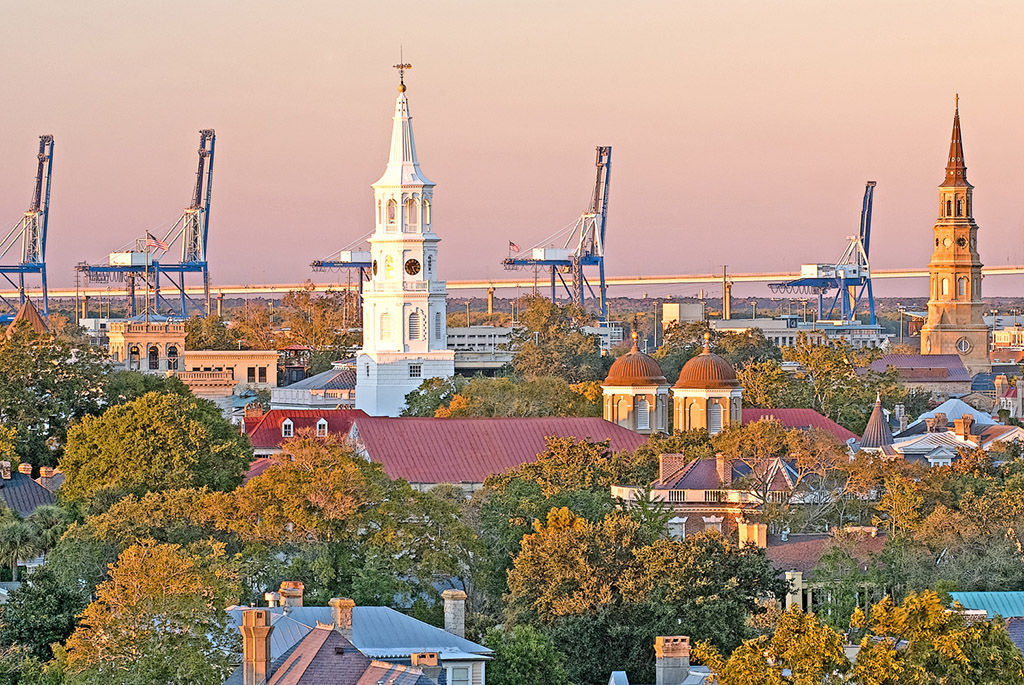 increasingly-mobile American
population took more interest in visiting the historic homes,
gardens and forts of the area. By the 1970's, tourism had become big
business in Charleston, and many of the city's historic buildings
got a new lease on life as restaurants, bed-and-breakfasts, and
shops. A number of antebellum plantations just outside the city that
had been opened to the public experienced a boom in visitation, as
historic areas such as Boone Hall Plantation, Magnolia Gardens,
Drayton Hall, and Middleton Plantation also became increasingly
popular for weddings, concerts and as movie sets. increasingly-mobile American
population took more interest in visiting the historic homes,
gardens and forts of the area. By the 1970's, tourism had become big
business in Charleston, and many of the city's historic buildings
got a new lease on life as restaurants, bed-and-breakfasts, and
shops. A number of antebellum plantations just outside the city that
had been opened to the public experienced a boom in visitation, as
historic areas such as Boone Hall Plantation, Magnolia Gardens,
Drayton Hall, and Middleton Plantation also became increasingly
popular for weddings, concerts and as movie sets.
Restoration
incentives and a flourishing economy by the late seventies revived
interest in the many great homes taken for granted throughout the
city, as neighborhoods such as
Ansonborough,
Harleston Village and the
French Quarter found new luster, and the old city market became
lively again with an influx of chic cafes, boutiques and sidewalk
artisans.
The renewed vigor
in Charleston galvanized new artistic and recreational interests as
well, such as the Spoleto USA Festival, begun in 1976, which
annually attracts some of the world's best new performers in music,
dance, and theater. The Cooper River Bridge Run, initiated in 1977,
draws champion long-distance runners from around the world for a
shot at the spectacular three-mile gateway into the city. Other
notable events include The Moja Arts Festival, which features
African and Caribbean artistic influences on Charleston; the
Governor's Cup Angling Tournament, which offers some of the best
off-shore billfishing in the Atlantic, and the Spring and Fall tours
of homes and gardens, featuring dozens of the most historic private
residences in Charleston.
Today, downtown
Charleston offers a delicious blend of pulsating energy and
picturesque dignity, and a five-minute stroll can lead from outdoor
market vendors weaving sweetgrass baskets near busy restaurants,
past quiet, oak-shaded lanes glistening with centuries-old wrought
iron, to breezy waterfront parks overlooking Civil War forts and
modern freighters.
Everywhere
in the city, pleasing sounds of church bells ring from historic
steeples, breezes whistle through towering trees and hanging moss,
and the steady echo of horse hoofs and carriage wheels fades slowly
down the street. Standing impressively as they have for so many
years and against such odds are the historic homes, a testimonial to
the indomitable essence that is Charleston.
Discover more about the
Interiors of
Charleston's finest homes.
|
